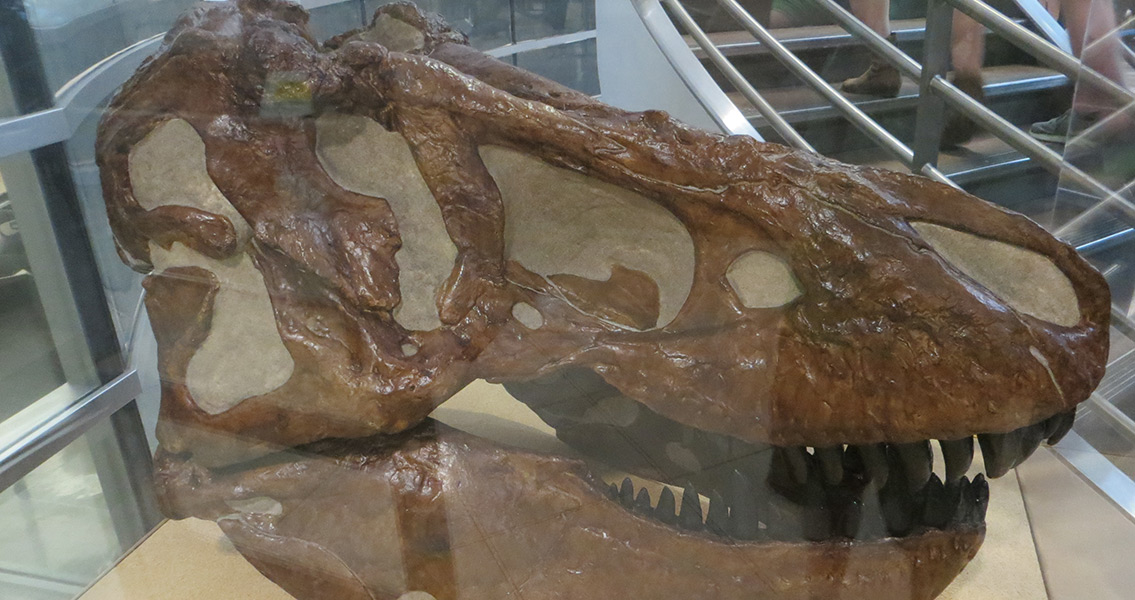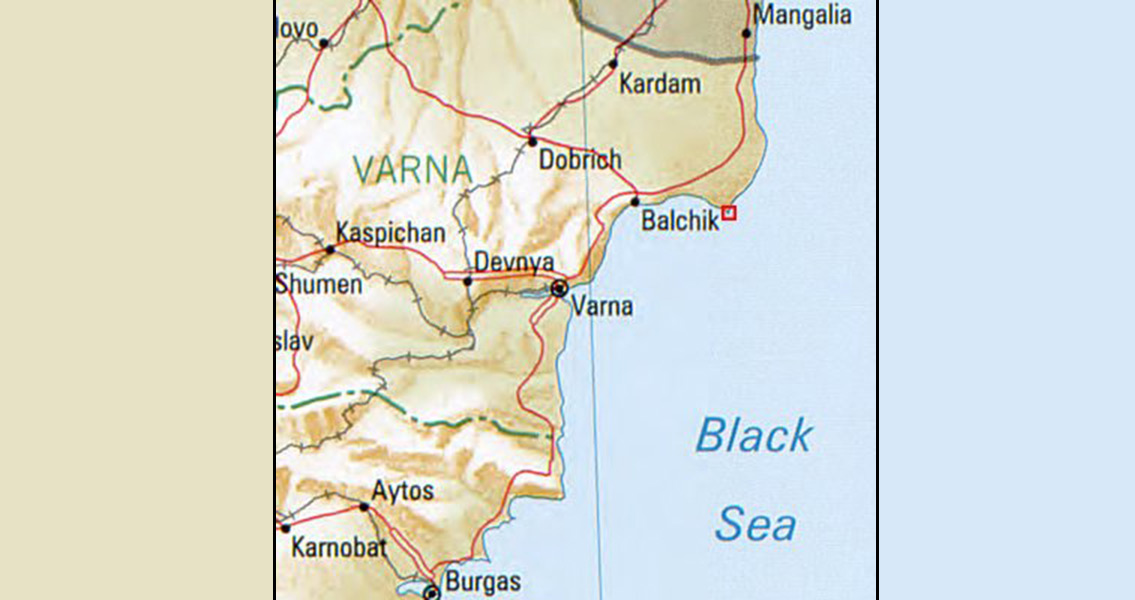Allosaurus fragilis, and a third specimen – a herbivorous theropod known as Erlikosaurus andrewsi. The simulations were held up against several bird and crocodile species – the closest living relatives of dinosaurs – in order to have a comparison point for maximum jaw gape and muscle strain. According to the results of the study, carnivorous theropods like the Allosaur and the Tyrannosaur were capable of opening their mouths an impressive and perhaps terrifying 90 degrees at the maximum. Meanwhile the Erlikosaurus, the herbivorous relative of the meat-eating pair, could only open its mouth as wide as around 45 degrees. Additionally, the bite force that the Tyrannosaur could sustain over a wide variety of jaw angles was prodigious, a strong indication that the carnivore was easily capable of rending flesh and crushing bone in order to feed on its prey. The results were eye-opening but not necessarily unexpected, Dr. Lautenschlager said in the press release. The jaw gapes of modern herbivores is almost universally smaller than that of predatory animals living today, the scientist remarked; the fact that this trend was also apparently present in theropods millions of years ago shows commonalities in evolution and biology. Image courtesy of Wikimedia Commons user: WildFrogs]]>







